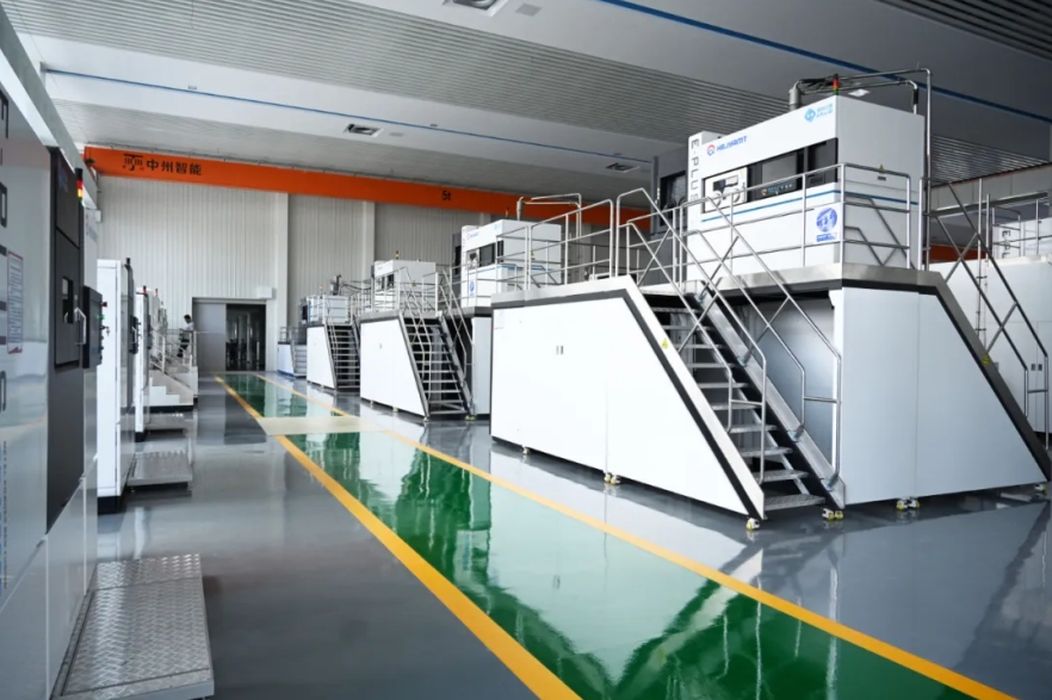
Interesting news from Eplus3D: they’ve sold over 100 metal 3D printers.
The Chinese manufacturer has been around for over thirty years, producing a variety of industrial 3D printers. While today they produce SLA, SLS, and SLM machines, the growth area for the company is definitely in metal 3D printing with their SLM equipment.
Currently, they market a huge 15 different models of SLM 3D printers for industry, and while they do offer smaller machines, they are best known for their truly gigantic units, including the massive EP-M2050 Metal 3D printer. This incredible machine has a build volume of 2050 x 2050 x 1100 mm. With that enormous build volume, it’s not a surprise that the device has 36 lasers, which can build up to 1080 cubic cm per hour.
The company recently announced they’ve sold over 100 units of its “super-meter Metal PBF machines”, with “nearly 40 of them featuring X, Y, and Z axes all exceeding the meter mark.”
One hundred units may not seem like a big number when we see companies like Creality selling tens of thousands of machines per month, but Eplus3D is in a different game: sell fewer, but much more expensive products. Creality is the opposite, selling many inexpensive products.
In the world of metal 3D printing, 100 units is substantial, representing many hundreds of millions of dollars in revenue for the company.
It also tells us something about the industry as a whole: who’s buying these metal 3D printers? We don’t specifically know, but we can say that there is obviously high demand for printing very large metal objects.
Metal 3D printing is one of the key growth areas for our industry, mainly due to the ability to produce production parts. Unlike prototypes that can be made in different materials than production units, 3D printed metal parts can be ready for end use.
Prototype work tends to generate a relatively small number of parts, while production systems require many parts being produced continuously. That’s one big reason for the metal 3D printer demand: manufacturers require more machines to meet the capacity needed to make production parts for customers.
We haven’t seen the demand for polymer parts achieve the same levels of interest as metal parts, but perhaps that will change as machines and materials improve in the future.
Meanwhile, companies like Eplus3D will continue to ride that demand and grow their operations.
Via Eplus3D
